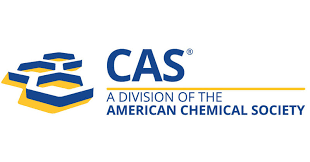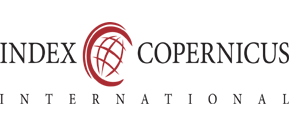Effect of Cholecystectomy on Serum Lipid Profile in Patients with Symptomatic Cholelithiasis: A Prospective Observational Study
Keywords:
Cholecystectomy, Lipid profile, Gallstone disease, Triglycerides, Highdensity lipoproteinAbstract
Background: Gallstone disease is frequently associated with dyslipidemia. Cholecystectomy may influence lipid metabolism by altering bile acid circulation and hepatic lipid regulation. Objective: To evaluate the impact of cholecystectomy on serum lipid profiles in patients with symptomatic cholelithiasis. Methods: A prospective observational study was conducted on 75 patients undergoing elective cholecystectomy at Barasat Government Medical College. Fasting serum lipid profiles—including total cholesterol (TC), triglycerides (TG), high-density lipoprotein (HDL), low-density lipoprotein (LDL), and very lowdensity lipoprotein (VLDL)—were measured preoperatively, on postoperative day 7- , and one-month following surgery. Paired t-tests were used for statistical analysis. Results: At one month postoperatively, TG levels decreased significantly from 205.22 ± 45.21 mg/dL to 145.65 ± 11.32 mg/dL (p = 0.004), and HDL increased significantly from 42.15 ± 8.79 mg/dL to 48.23 ± 5.21 mg/dL (p = 0.03). VLDL also declined significantly from 32.45 ± 7.45 mg/dL to 25.26 ± 3.98 mg/dL (p = 0.018). Reductions in TC (to 162.32 ± 8.36 mg/dL, p = 0.23) and LDL (to 98.22 ± 6.33 mg/dL, p = 0.058) were observed but did not reach statistical significance. Conclusion: Cholecystectomy is associated with early and favourable alterations in lipid profile, particularly marked by significant reductions in triglycerides and VLDL and an increase in HDL levels. These findings suggest a potential metabolic benefit of cholecystectomy in addition to symptom resolution.
.png)









